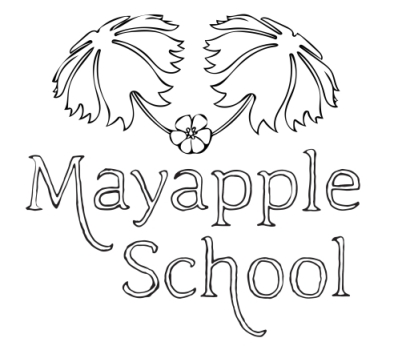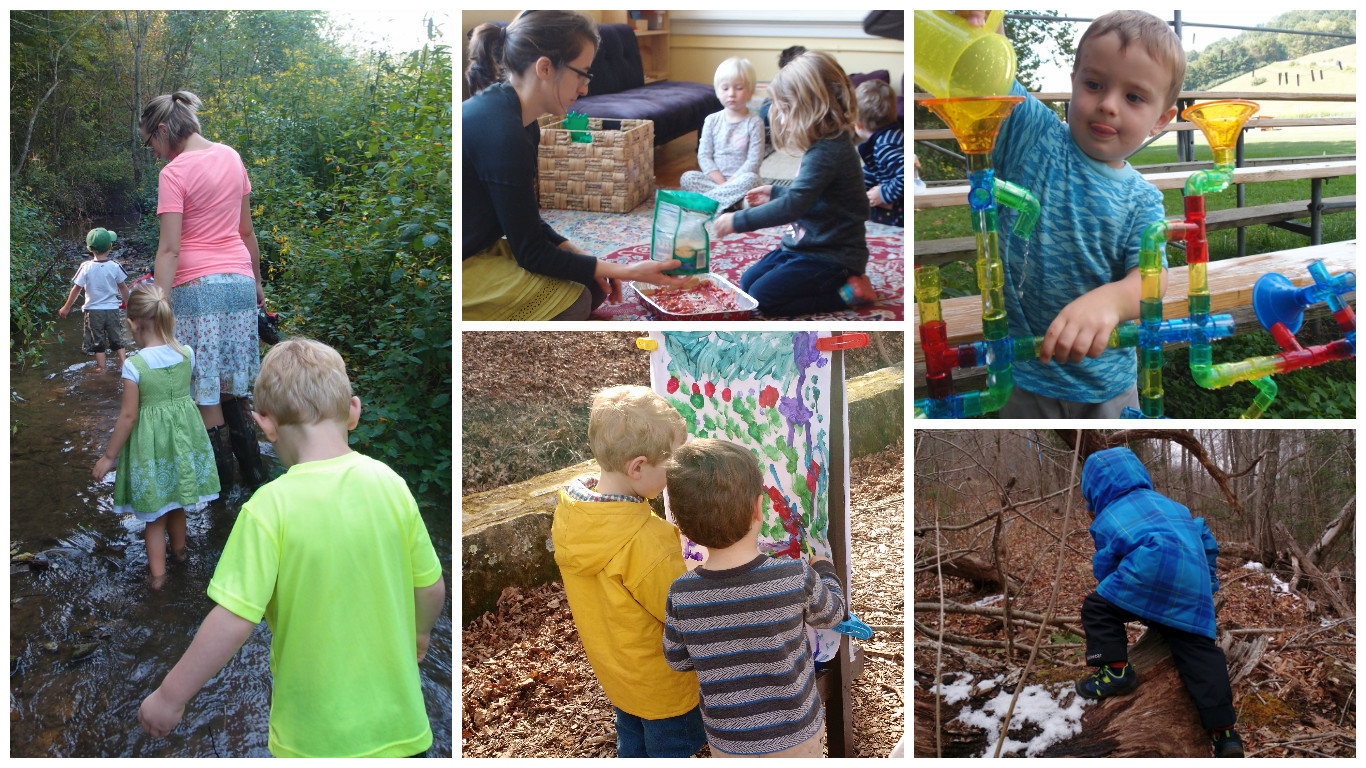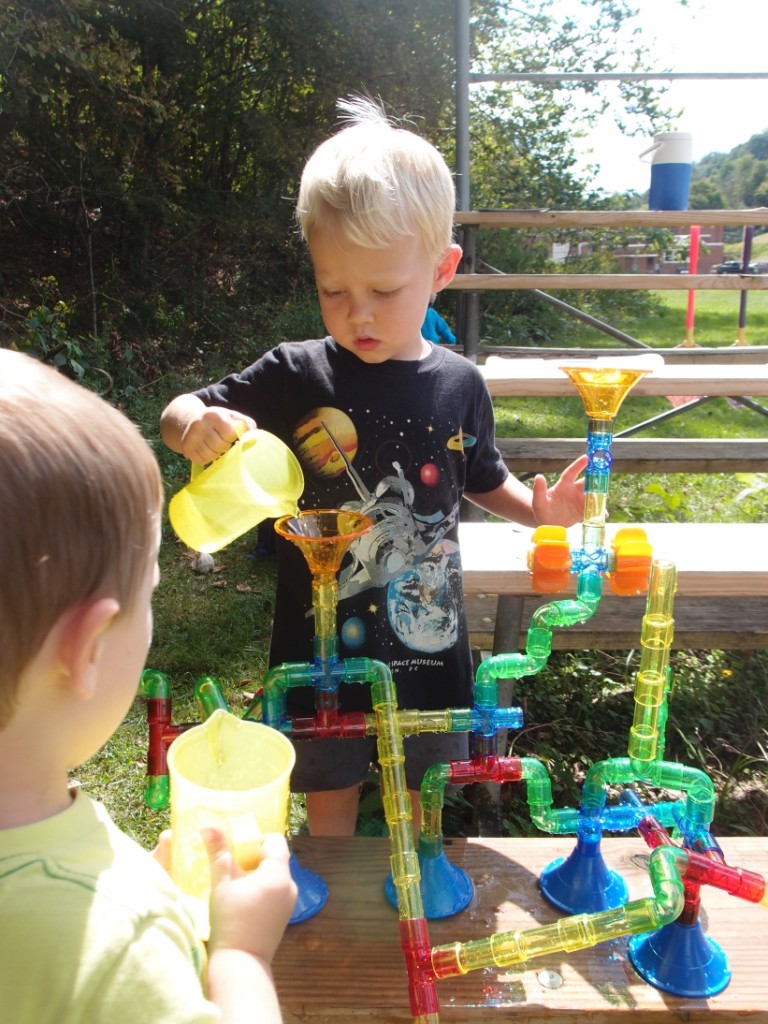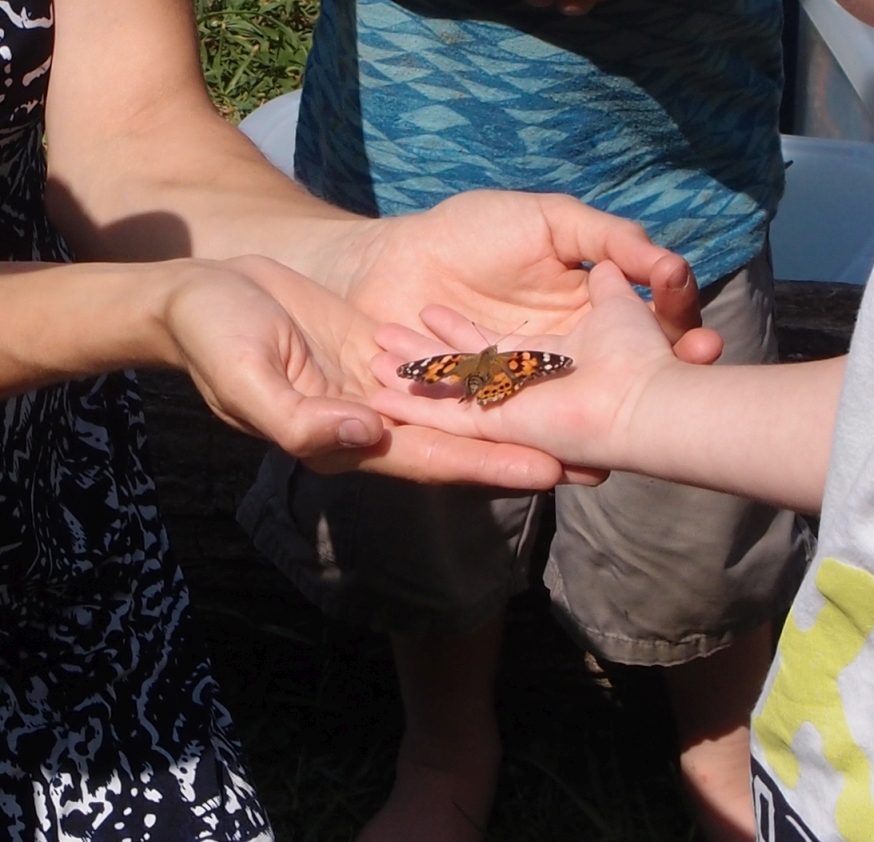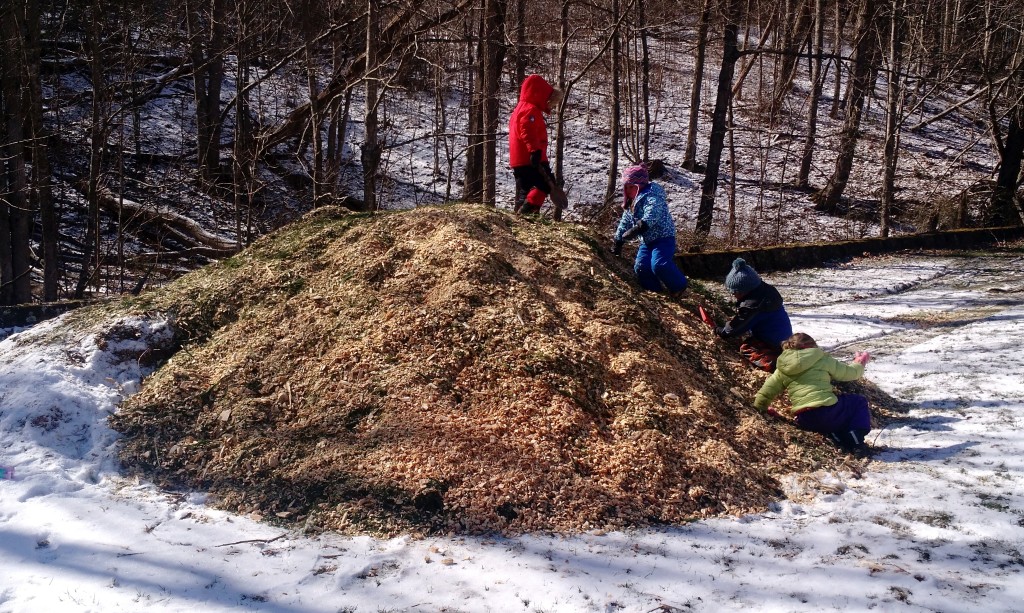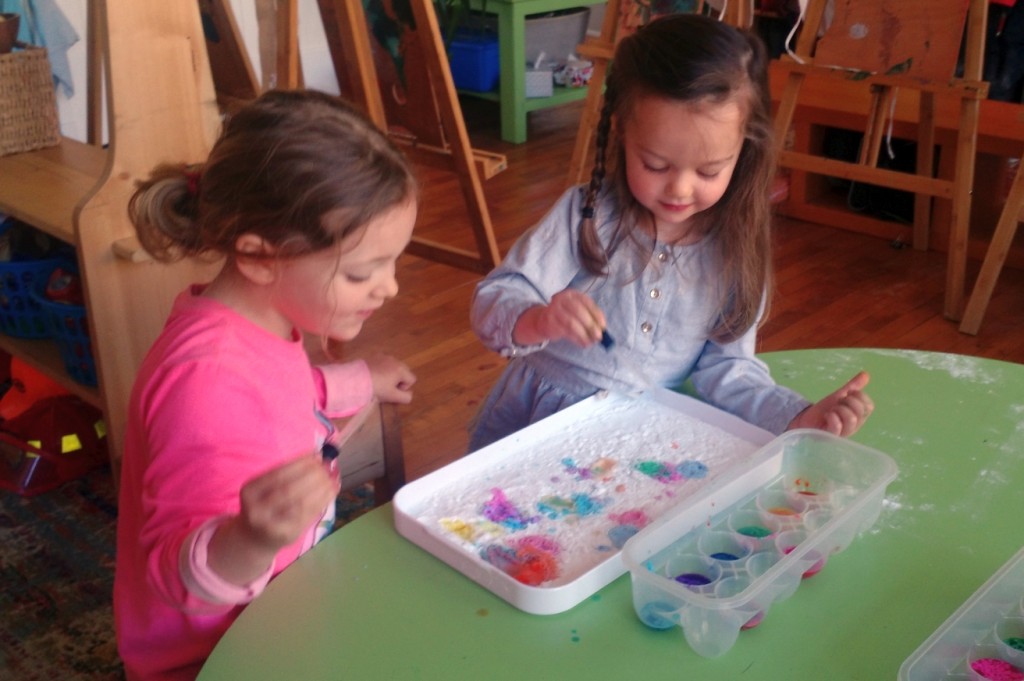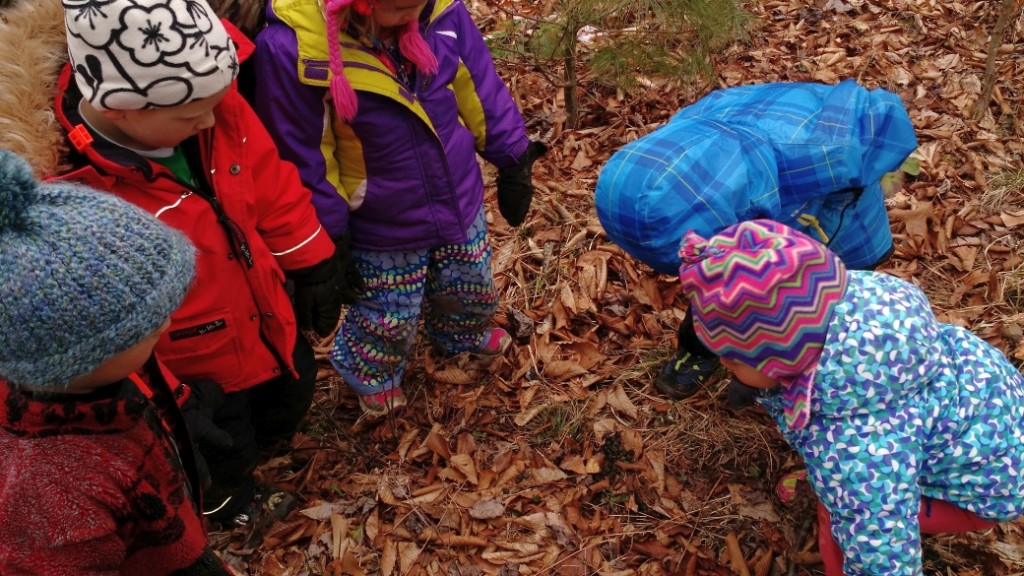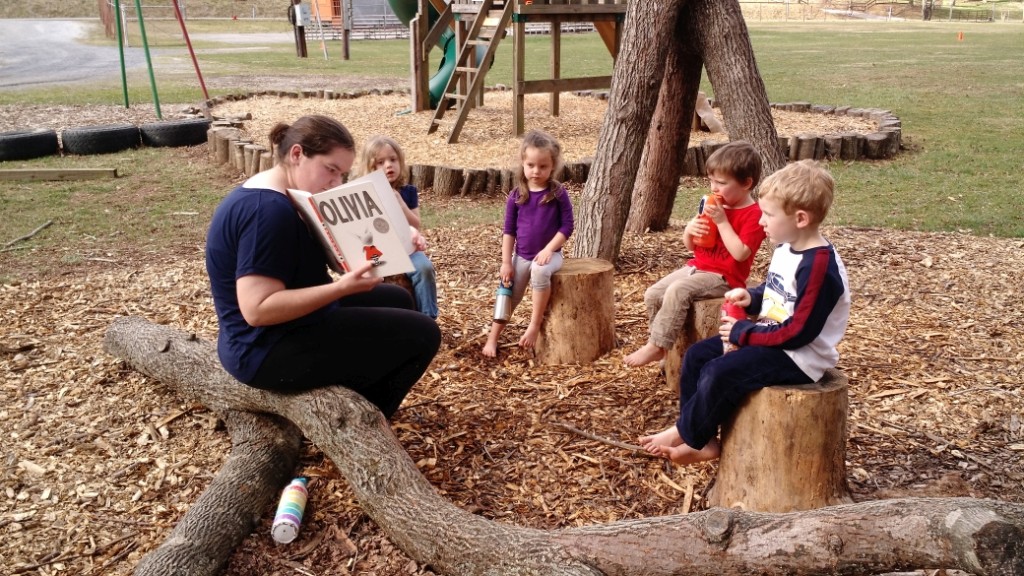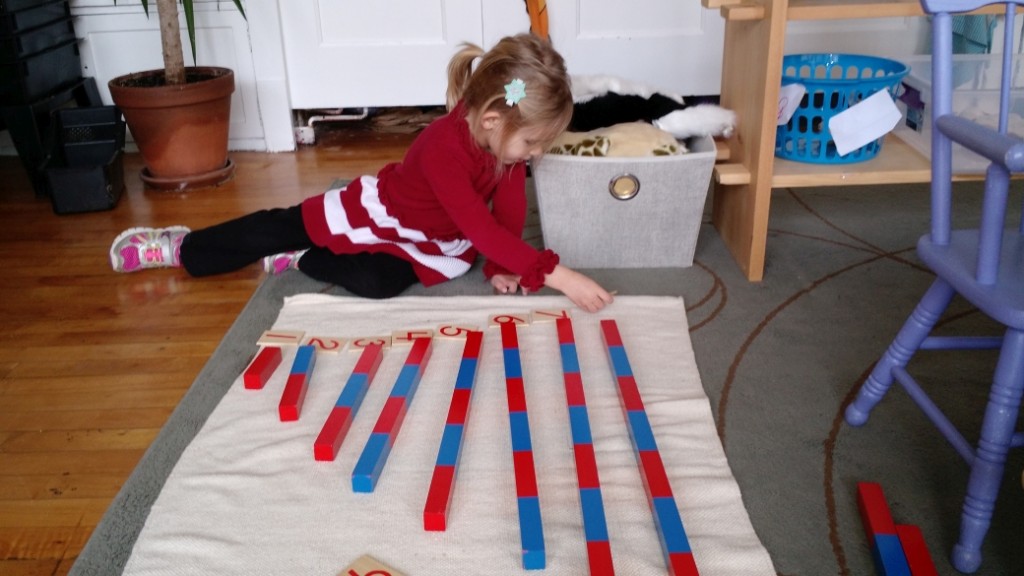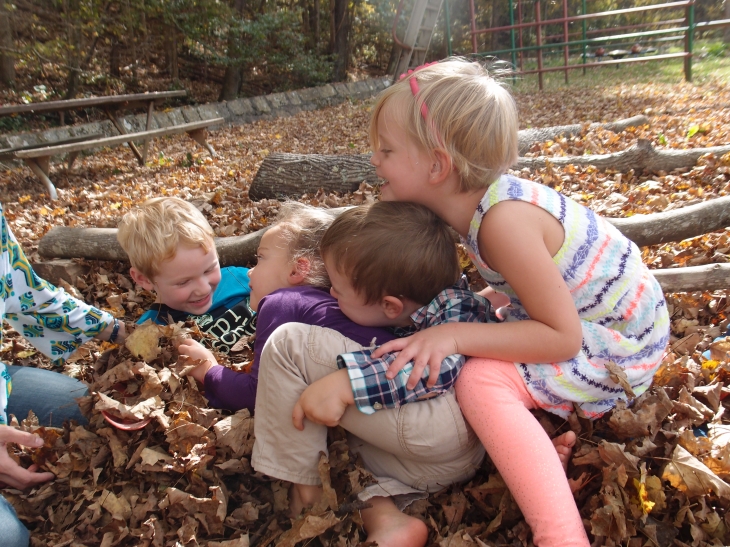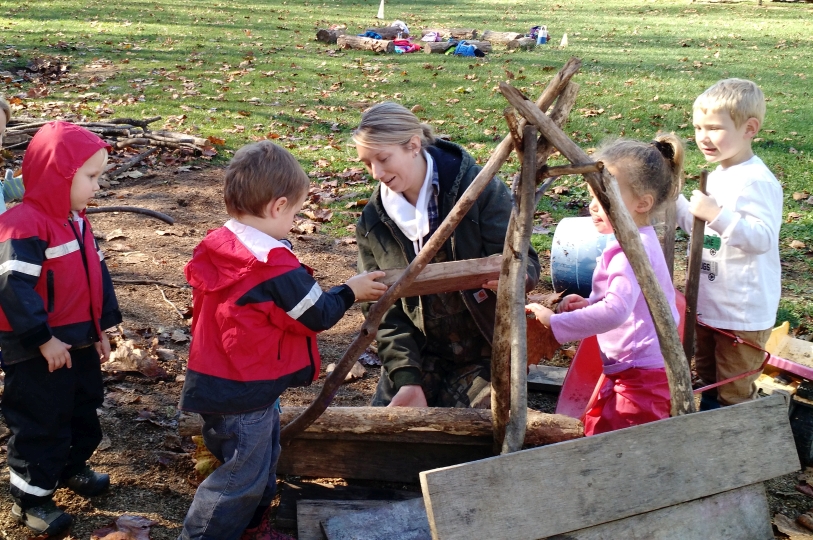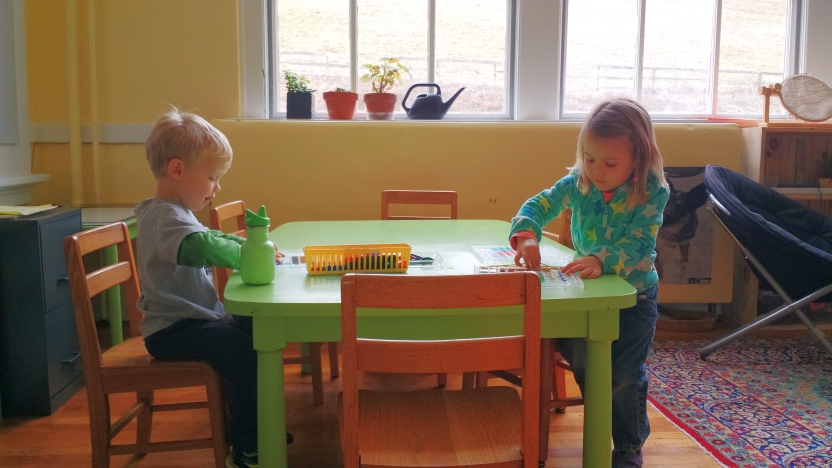Goals and Assessment
Goals are expectations for student learning outcomes, or what students will know and be able to do.
Our goal for all students is to:
- Grow in knowledge, skills, and dispositions that contribute to the well-being of the whole-child
- Nurture an intrinsic love of learning within the context of a community of learners and the natural world
We use the following records to share with parents their child’s involvement and progress:
- PERMA model of well-being, shared with parents near the beginning of the year at our Six Weeks’ Conferences
- Observation Records in two to four learning domains or child interest areas; growth is observed at least monthly and shared at parent teacher conferences twice per year (usually December and June).
Curriculum
Curriculum is what happens in the classroom. These are the activities and learning processes that go on each day to create a cohesive whole over time. Curriculum can look very different at different types of preschools. It can come in a pre-packaged format such as those offered by learning companies, where individual lessons are planned for the whole year. We do not use this type of curriculum. At The Mayapple School, we use an emergent curriculum. This means that student interest and abilities influence the curriculum throughout the year, and the specific curriculum is never the same two years in a row. Additionally, no two students experience the same curriculum in the classroom. Our classroom provides a large variety of materials that facilitate experiences in all areas, and children are given opportunities to make choices for deliberate practice and play. Both the indoor and outdoor environments offer opportunities for choice in working with different curricular materials.
Listed below are many facets of our curriculum and some curriculum resources we draw on that help us to meet our goals for students while also aligning with our mission and values. (Additional resources are used to help plan individual lessons and units. We also use many other resources to help us shape our philosophy and values, which of course trickle down to our curriculum.) We consider our curriculum to be a living part of our school; please consider this a dynamic list.
- Project Based Learning: At The Mayapple School, we do work on all parts of the spectrum of child initiation and decision making, and believe that teaching single concepts, integrated concepts, units, thematic teaching, and teacher directed inquiry can all be valuable. Some of our most important work occurs with Project work. These in-depth investigations can be student or teacher initiated, with research focused on finding answers to student questions. We use the book Young Investigators: The Project Approach in the Early Years by Judy Harris Helm and Lilian Katz as a guide while developing curriculum for specific projects. Project work occurs in three phases: initial exploration of possible topic, investigation of student questions (including field work), and the culminating event (student creation that showcases knowledge gained during the project.) Each stage is important, as is the exploration of topics that don’t turn into project work, and rest periods between projects that allow students to explore many different topics and discover their interests.
- “Roxenboxen” Play: Roxenboxen Play refers to a range of sensory and science explorations, cooperative and dramatic play, and construction that evolves mainly in our outdoor play environments. Named after the children’s picture book Roxenboxen, which is about a group of children creating their own small world out of rocks, crates, and old bottles on a hill near their homes, we honor that same spirit of child choice, exploration, and creation in their environment. This curriculum is highly emergent and thus looks slightly different every year. We begin with sensory and physical exploration of the environment, including discovering how natural materials such as sand, mulch, dirt, and water “work.” The physical world is a valuable learning tool for children; as educator Anna Golden wrote, “Unlike people, the physical world does not change in response to a child’s actions but simply reflects his manipulations, so if offers a particularly valuable domain for developing his or her sense of competence.” A variety of tools such as shovels and pans are offered, as are sticks, pipes, pulleys, play vehicles, funnels, and additional loose and fixed parts. These parts allow the second part of our curriculum to emerge, where we often see a great increase in cooperative play: construction. Animal and people “homes” of all sorts, mud mixing holes, nature soup, bridges, and “rivers” have all been built at The Mayapple School. Cooperative play naturally gives way to dramatic play of varying complexities, where students use their creations to enhance play in whatever scenarios interest them, from “ambulance and hospital” to “space sharks and rocket ship.” Based on observations of children’s learning, teachers curate the materials and environment, supplementing provision in different ways. Teachers also plan additional lessons that will enrich student concepts and their work within the Roxenboxen Curriculm, and scaffold student learning as needed through the use of constructive questioning, “yes, and…” teacher involvement, and problem solving. In In the 2019/2020 school year we plan to add Ramps and Pathways as a part of our current Roxenboxen Curriculum.
- Process Art: Our curriculum is drawn from the philosophy of process art, in the belief that the journey of creating the artwork is more important than the finished product. Response to children includes focusing on the emotional and experiential, (versues “What is it?”). Introduction, set up, and breadth of materials allows for exploration of multiple facets of art making: color, line, shape, texture, dimension, change, movement, emotions, aesthetics, storytelling, and nature.
- Forest and Nature Explorations: Trips to the forest behind our school are an integral part of The Mayapple School curriculum. Our forest curriculum focuses on harnessing the power of adventure and charting the geography of childhood. In addition to sensory explorations and and physical challenges, our forest curriculum focuses on experiences in: seasonal changes and weather, ecological connections, botany and zoology, sense of place, responsibility and community, and independence. “Coyote Mentoring” encourages each child to grow through: comfort in nature, sensory expansion, nature discoveries, communication, imitating animal forms, exploration, mapping, self-expression, nature identification, tools and survival, and thanksgiving. Our forest explorations curriculum is highly emergent based on children’s interests.
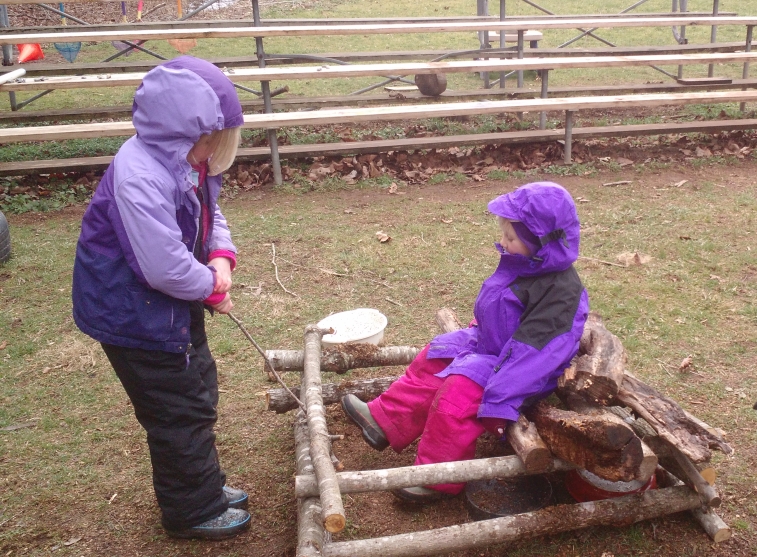
After having her leg “bitten by a fox,” this “otter” gets help from the “doctor” at the “Otter Hospital.”
- The Play Together Game: The “Play Together Game” is a weekly literacy-based dramatic play experience in the outdoors. Each Play Together Game cycle lasts from 4 -8 weeks, is held on the same day each week, and draws its story line from the same book or oral story. For example, one month The Play Together Game was held on Wednesdays and began each week with a reading of The Hungry Otter, by Mark Ezra. During The Play Together Game, each student has the opportunity to choose his or her role in the story and how she will act it out. Students also have the opportunity to extend the story line as planned before or during the story, as well as debrief the action at the end of each game, making decisions about what they would like to happen next time. During the game, cooperative play and dramatic play techniques are supported by teachers, who also serve as documentarians of the play, “play keepers” that remind students to follow the action that they have planned, and even extra characters that students demand if there is no student who wants to fill the roll. All students are encouraged to participate in The Play Together Game; teachers actively work to incorporate student activities into the game through story extension if needed. The Play Together Game is based on the methodology of Lesley Romanoff for connecting literacy to social-dramatic play.
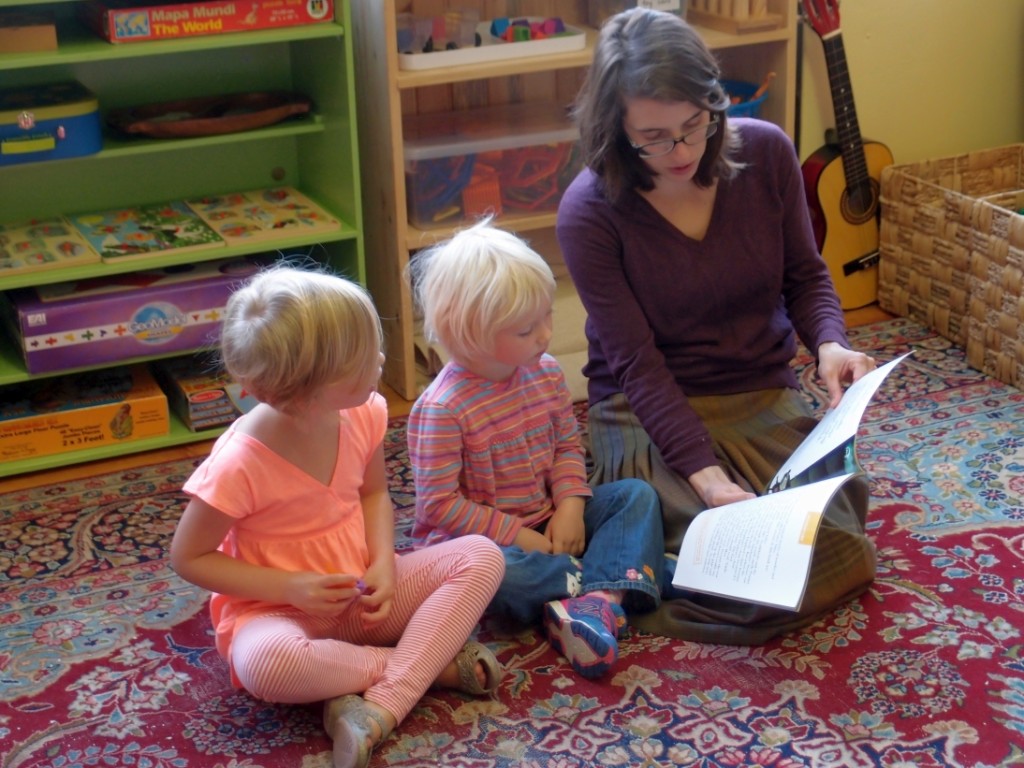
Sharing books with individuals and small groups allows plenty of opportunity for asking questions and connecting with the text.
- Focused and Playful Literacy: Literacy instruction at The Mayapple School is based on the concept that the path to literacy is made up of five building blocks: Phonological awareness (including phonemic awareness), phonics, fluency, vocabulary, and comprehension. At the preschool level, we focus on the aspects of these building blocks that create a foundation for literacy. In his book A Fresh Look at Phonics, Wiley Blevins recommends short, focused direct instruction coupled with student-led opportunities to play. This is the method we use at The Mayapple School. Some of our literacy work is integrated in our projects, while standalone lessons are also given during circle and story times; other work may be chosen independently.
- Song, Story, and Game: At The Mayapple School, we believe that “the classics” such as fairy tales and nursery rhymes should maintain a role in the modern preschool. Oral storytelling and read alouds of tales from our culture and other cultures, class created stories, singing songs, recitation of poems, and circle games provide children with rich Language, Literacy, and Communication opportunities, as well as opportunities for Social and Emotional growth.
- Sign Language: All students are taught signs in American Sign Language during circle time through the use of nursery rhymes, poems, and songs. Students have the opportunity to use ASL along with English while practicing these rhymes. The goal of our sign language curriculum is to introduce students to ASL.
- Balanced Mathematics: Children are able to acquire mathematical knowledge through the processes of problem solving, reasoning, communication, connections, and representation. Students often use these processes while answering the daily question on our “Mayapple Message” board each morning. We teach mathematical concepts that are both challenging and accessible to students and focus on the following strands: number and operations, geometry and spatial sense, measurement, patterning and algebra, and data analysis. A variety of resources are used to plan lessons, which may be integrated into projects, standalone lessons during story time, or chosen independently.
- Social and Emotional Development: Our social and emotional curriculum has several components. One important component is conflict resolution as found in You Can’t Come to My Birthday Party by Betsy Evans. Students are taught a specific problem solving approach to conflict with help from mediating adults; for many children eventually these scaffolding supports are able to be withdrawn. We also offer additional explicit instruction with the help of classroom puppets in self awareness, self management, responsible decision making, relationship skills and social awareness. Responsive classroom techniques are often used as an additional resource.
- Yoga: Our yoga curriculum teaches children self control and bodily awareness. Poses are taught mainly with the use of the book Be a Frog, a Bird, or a Tree, by Rachel E. Carr, which teaches children poses with a poem, illustration, and photograph of a child doing the poses. The elements of peace and self-awareness are taught through readings of Susan Verde’s I am Yoga.
- Group Work: Group work infuses many aspects of the curriculum, including The Play Together Game, Forest Explorations, Roxenboxen Play, and Project Based Learning. Educators at The Mayapple School believe that children do not develop by themselves; rather, a child develops while interacting and developing with others. Group work in all areas is viewed as essential, and the main role of the preschool experience is to facilitate this work so that the individual child may develop.
- Independent Choice: Our day begins with a one hour work period; upon arrival students may choose to work by herself or with others in our book corner, literacy corner, nature corner, arts center, dramatic play stand, building area, music wall, peace place, or in the close-ended works area. Our book corner includes books and field guides in a cozy setting. The literacy corner is set up to facilitate learning of letter forms and their sounds, with some additional work including basic sight words and rhyming and other phonemic awareness skills. The arts center offers various materials for mark making, painting, stamping, cutting and gluing, working with clay and dough, wire working, and beading. In the “peace place” items like sand timers, the peace rose, and the finger labyrinth are frequently chosen. Our dramatic play stand has a small play kitchen with play food, scarves, dolls, and some dress up clothes and accessories. The play stand is often transformed by the students as part of our project work and in the past has been a butterfly garden, pet store, fire truck, etc. In our building area, various blocks and accessories are available for open ended play. The nearby musical instruments such as drums, maracas, and guitars, are enthusiastically enjoyed by the students. The close-ended works area is referred to as “Quiet Works” in the classroom, and offers puzzles, embroidery and sewing work, a light table and light table materials, our numeracy shelf filled with materials to facilitate learning of 0 -100 and 0 – 9,999, and our other mathematics shelf filled with spatial reasoning, geometry, and measurement work. A nature corner holds a shelf with shells, bones, magnifying glasses, and student “nature discoveries.” Although students may work either independently or with others, the growth of independence is nurtured through choice.
- Free Play: All preschools should have free play as part of their curriculum. Many aspects of our curriculum are carried out through free play opportunities.
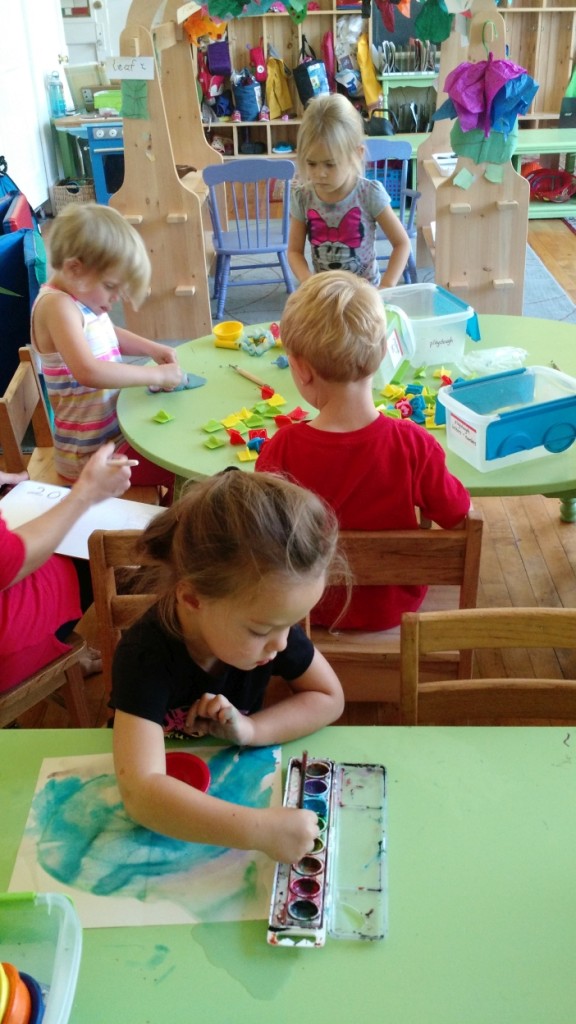
One student makes a watercolor painting while others create letters out of play dough as a teacher documents their work.
